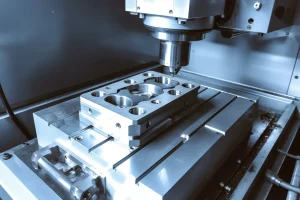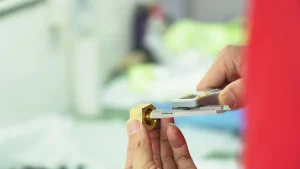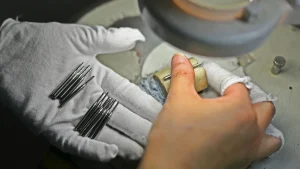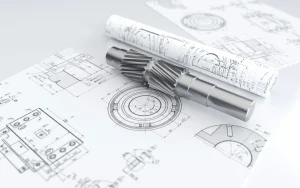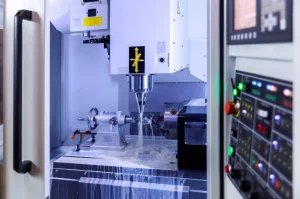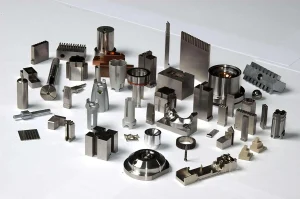As a manufacturer specializing in CNC machining of precision parts, I often encounter customers who are confused when choosing materials, especially when choosing materials suitable for high temperature resistance. Today, let’s take a deep look at the performance differences between 430 stainless steel and 321 stainless steel in high temperature environments and see what the difference is between the two in CNC machining. Have you ever had a headache when choosing materials because of poor high temperature tolerance? Today, let’s take a look at how to make a wise choice.
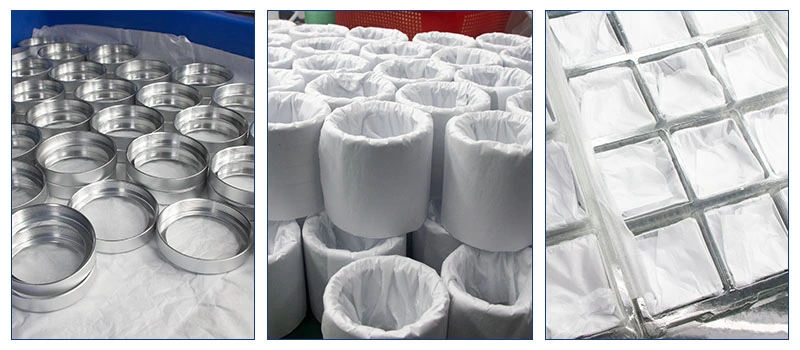
1. What are 430 stainless steel and 321 stainless steel?
Before we start the comparison, let’s take a brief look at the basic characteristics of these two materials.
430 stainless steel: This is a ferritic stainless steel that contains less nickel, so it is relatively cheap. It is mainly used in places where corrosion resistance is required but high temperature tolerance is not high. 430 stainless steel is often used in kitchen equipment, home appliance housings and other fields.
321 stainless steel: It is an austenitic stainless steel containing titanium. Due to the addition of titanium, 321 stainless steel has better stability at high temperatures, especially stronger resistance to intergranular corrosion at high temperatures. This makes the performance of 321 stainless steel far superior to 430 stainless steel in high temperature environments, and it is widely used in high temperature fields such as aviation and chemical equipment.
2. Comparison of differences in high temperature resistance
Now, we come to the core topic, the difference between 430 stainless steel and 321 stainless steel in CNC processing, especially in high temperature resistance.
The high temperature resistance of 430 stainless steel is relatively weak. Although it can maintain a certain strength at a certain temperature, it is usually only suitable for use in environments below 600°C. If this temperature range is exceeded, the mechanical properties of 430 stainless steel will drop rapidly, and even deformation or annealing may occur.
321 stainless steel performs better in this regard. Thanks to the addition of titanium, 321 stainless steel can withstand higher temperatures in high temperature environments, usually able to withstand high temperatures of around 800°C, and even up to 900°C, it can still maintain good mechanical properties and corrosion resistance.
3. Other factors to consider when selecting CNC processing materials
In addition to high temperature resistance, there are other factors to consider when selecting materials, especially when performing precision machining:
Part processing requirements: If the parts you need to process are in a high temperature environment for a long time, such as chemical equipment, aviation parts, etc., then it is more appropriate to choose 321 stainless steel. It can provide better thermal stability and corrosion resistance, and reduce performance degradation in high temperature environments.
Processing cost and efficiency: In comparison, the processing cost of 430 stainless steel is lower because it is cheap and less difficult to process, and is suitable for most conventional parts processing. However, if your parts need to operate for a long time in a high temperature environment, investing in 321 stainless steel will be a wiser choice. Although the price is higher, its durability can save you long-term maintenance costs.
Surface treatment and post-maintenance: Whether it is 430 stainless steel or 321 stainless steel, surface treatment is required after CNC processing to improve its corrosion resistance and high temperature resistance. If you do not plan to perform strict surface treatment, the corrosion resistance of 321 stainless steel will be more prominent at high temperatures.
4. CNC processing manufacturers’ suggestions on material selection
If you are looking for a suitable CNC processing manufacturer to process parts, make sure they understand the characteristics of these two materials and can perform precision processing according to your specific needs.
Here, I will give you a few tips for material selection:
If you require parts to work stably and for a long time in a high temperature environment, give priority to 321 stainless steel. Its high temperature resistance and long-term stability give it an advantage in high temperature working environments.
For ordinary room temperature to medium temperature applications and limited budgets, 430 stainless steel is sufficient. It is cost-effective in conventional processing, but it is easy to lose strength at high temperatures, so it is not suitable for long-term high temperature use.
5. 430 stainless steel vs. 321 stainless steel
So, how should we choose between 430 stainless steel and 321 stainless steel? If your application scenario has high requirements for high temperature resistance, 321 stainless steel is undoubtedly a more suitable choice; if the temperature requirements are not high and you pursue cost-effectiveness, then 430 stainless steel will be a good choice.
I know that when choosing the right material, price, performance, processing technology and other aspects need to be considered comprehensively. When facing the actual needs of CNC processing of parts, we should make wise decisions based on the specific requirements of the working environment.
I hope that today’s sharing can help you better understand the differences between these two stainless steel materials, so that you can make the most appropriate judgment when choosing. If you have any questions or are looking for a suitable CNC processing manufacturer, please feel free to contact us at Rapidefficient. We will provide you with professional technical support and high-quality services.

